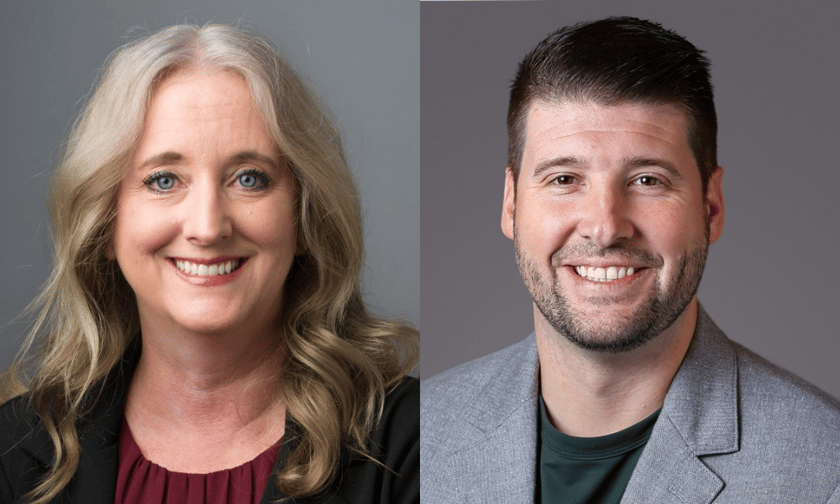

As hurricanes grow increasingly powerful and unpredictable, their impact on the insurance industry is becoming more pronounced. The recent landfall of Hurricane Milton—one of the fastest storms to reach Category 5 strength—serves as a stark reminder of this reality. After intensifying to 120mph winds and making landfall as a Category 3 hurricane, Milton unleashed unprecedented devastation far inland.
While Florida’s insurance market has historically accounted for wind, flood, and surge exposures, Milton’s significant damages are raising urgent concerns about the vulnerabilities that lie beyond coastal regions.
Susan Flemming (pictured left), executive vice president and Florida property practice leader at Amwins confirmed, “Carriers have already priced wind and potential flood and surge exposure for Florida – and many other tier one exposures for that matter, but what they did not anticipate was having devastating flood 500 miles away from the coast.”
With damage estimates from Hurricane Milton reaching $50 billion, this substantial financial impact is set to complicate the claims handling process.
John Tolland (pictured right), executive vice president and Florida property practice leader at Amwins, pointed out that claims adjustments will be particularly challenging following Milton. Adjusters will need to navigate which damages were caused by Milton and which resulted from the recent preceding storm, Helene, which affected many of the same areas.
“There are numerous challenges for adjusters dealing with insured losses from both Helene and Milton, especially in identifying the cause of each loss on a per-incident basis. I anticipate this will prolong the estimation of losses much longer than anyone expects. The aftermath of Milton has certainly become a reinsurance event,” he explained.
This differentiation process could take months or even years, leading to extended loss estimates and hindering the insurance market’s ability to respond effectively. Flemming and Tolland both emphasized that upcoming Florida reinsurance treaty renewals, which typically occur mid-year, will be critical in evaluating the long-term effects of Milton on Florida’s insurance landscape.
“I think there’s going to be a lot of uncertainty up until that point as a lot of adjusting will be going on,” added Tolland.
This uncertainty is particularly concerning in Florida’s high-risk flood zones, where businesses and homeowners have traditionally relied on the National Flood Insurance Program (NFIP) for coverage. However, Flemming warns that this government-backed program is nearing a critical juncture.
“The NFIP serves as a temporary solution for many business owners, but it cannot sustain its current trajectory. Funds are being depleted as quickly as they are being replenished. At some point, Congress will need to intervene, and that could mean transitioning coverage to the insurance marketplace. If that happens, premiums will likely skyrocket since the program is heavily subsidized right now.”
Flemming also anticipates that in the wake of storms like Helene and Milton, carriers will scrutinize property locations more closely, particularly for those near retaining ponds, streams, or rivers that may overflow. “Prior to Helene, these factors weren’t factored into pricing. That’s going to change,” she shared.
Effective flood risk mitigation strategies should extend beyond traditional insurance coverage. Accordingly, Flemming and Tolland noted that many Floridians are increasingly exploring alternative prevention methods to safeguard their properties.
“We're seeing many insured individuals developing parametric programs to help mitigate losses as well,” Flemming specified. For example, flood parametric solutions involve equipping homes with water sensors; when a predetermined water level is reached, insurance payouts are triggered immediately.
“This allows insured individuals to begin repairs without delay, while traditional insurance payouts must go through the adjusting process,” Tolland said.
Despite quick payouts, Tolland emphasized that parametric insurance should complement traditional coverage, not replace it. “Devastating damage in North Carolina has opened everyone’s eyes to the flood parametric products available. I believe we'll continue to see more of this moving forward,” he noted.
